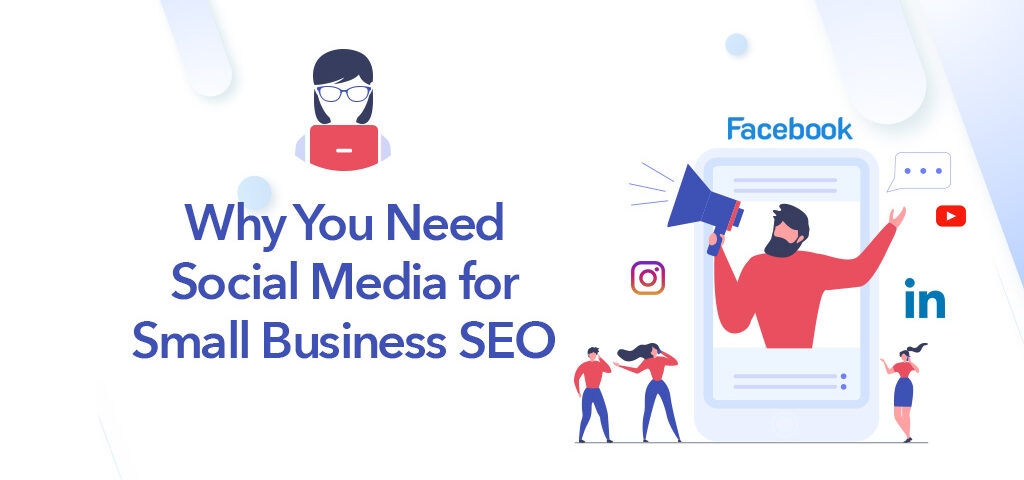
There are many issues that can arise during the migration of a website. These are the risks and steps you can take to minimize them. Read on to make a smooth migration plan. Also, be sure to back your website up before the migration gets underway. It will help you in case something goes wrong. It is important to have a plan for a rollback if your website is not functioning smoothly. This will help you eliminate any kinks that may arise before the launch.
Probleme with website migration
It is crucial to understand what you want from a website migration before you start. Next, assign tasks. You can assign different tasks to different people so that everyone does not fall through the cracks. Each person should be assigned a role according to the migration goals. Know the URLs of your website, as well as any internal or external links and priority pages. To help you stay organized and assign tasks, create a checklist.
Before you begin a site migration, it is important to know how much content will be affected. The new CMS may not work with content that is outdated or too recent. Missing image-ALT text and meta descriptions can cause migration failures. Each CMS has its own URL path. Shopify stores URLs under Collections, but WordPress puts them under Categories. For old URLs to be adjusted, you may have to manually transfer content to WordPress. This is a possibility if you don't want to waste time and frustration.

How to minimize risks
Changing server platforms can be a serious problem. Changes can have a significant impact on SEO rankings and conversion. Also, you may not see any visible results for several months or even years. It is important to think about ways to reduce risks when migrating websites. Below are some key steps you need to consider. These steps do not cover all possible risks, but should give you an overview of what to do.
Register your new domain through Google Search Console and Bing Webmaster tools. Google and Bing need to know about your XML-sitemap. You might have an expired security certificate on your domain, which could prevent people from finding your website. Once you are certain that your new website is safe, you can start planning for the post migration phase. You should be able see some results within a few days.
The key stakeholders in a website migration
It is important to include all stakeholders in the planning of a website move. To gain insight into the user demand in your industry, analyze your traffic patterns and Google Trends data. The migration should be scheduled during business hours when there are no interruptions to your staff. Also, the schedule should be based on the agreed-upon goals. You might want to schedule migrations around the beginning of the calendar year if you have a large online presence.
Before you migrate a website, consider the impact of your new domain name on brand recognition and site authority. Before the site is changed, you may need to run a marketing campaign. Google is very concerned about security and changing to insecure protocols could have a negative impact on your search ranking. It is important to plan your website migration carefully in order to ensure success and increase organic traffic and revenue. Here are some factors to keep in mind when planning your website migrate.

Here are steps to plan a successful migration
If you're planning to migrate your website from one hosting service to another, you need to plan carefully. Although one person may make mistakes, a group of people can help ensure that your website moves smoothly. Dev and staging environments should have the same databases, settings, and tools as your live site. The same applies to content URLs. In order to allow customers to access your old site while you migrate it to a new hosting company, you should keep it online. It is also a reference point that you can use to change the content of your new site.
Make a timeline detailing the entire process. It is possible to create a timeline after you have completed the previous steps. You can break the steps down into deliverables. Then assign the relevant teams and set realistic deadlines. It's not necessary to write everything down. Instead, you can use a project manager tool. After completing the first step, make sure your team communicates effectively and works on the next.
FAQ
How do I start SEO for my website?
It is important to understand the needs of people searching for your company or products through search engines like Google. This will help you get a Google ranking. This guide will help to make sure your content is ranked highly by Google. Check out our other guides about content marketing.
To begin, you will need to make a plan and decide what keywords you want. There are two types of keywords: broad keywords (like "digital marketing") and specific ones (like "seo").
Next, you'll need to choose a few goals: increasing brand awareness, driving leads, or boosting sales.
Once you've established your objectives, you are ready to start creating content. Here are some SEO-friendly tips.
Once you've written your content, it's time for it to be published to your blog or website. If you already own a website this may mean updating your pages. If not, you need to hire web designers who can help you build one.
Once you have published your content, make sure to link it to other websites and blogs. This will increase the visibility of your content and make it more visible.
Why SEO strategy is essential?
The primary purpose of search engine optimization is to increase your site's traffic by getting as many people to locate you via Google.
Search engines like Google, Yahoo! and Bing store information about websites on servers known as crawlers. These crawlers send the data back to the central database. This allows them index web pages for search purposes.
More people will click your link and visit your website if your website is high up in the search results. You won't be seen in these searches.
Ranking high in search engines is the best way to get your site noticed. Two main ways to do this are paid advertising and organic links.
Paid Advertising: Paid advertising means that adverts are purchased from companies that pay-per-click to be displayed above other sites on search results. These ads may include banner ads, text ads, pop-ups, e-commerce widgets, etc.
Natural Organic Links – Natural organic links are sites where you have proven your expertise over time. They also show that you have earned the trust and respect of your industry. Blogs, guest blogging, commenting and linking are all ways to build links.
You must continue to invest in both marketing and sales to stay on top of your game.
Why should I use social media marketing?
Social media marketing offers a great opportunity to reach new customers as well as build relationships with existing customers. Engaging with others via comments and likes can help you build a community around your brand. It makes it easier to find potential customers online.
Why Should I Use SEO?
There are many reasons to use SEO.
It increases the number of people who visit your website through search engine results.
The second benefit is that it increases conversions by making sure users find the exact information they need when they enter their search bar.
It increases brand awareness by helping customers to find your business online.
Fourth, it improves the user experience through allowing them to quickly navigate your site.
It builds trust with potential customers and shows that you care enough to rank well in search engines.
Where do I get my keywords?
The first thing you should do is think about what products or services are available and who your ideal customers are. Then, start to search for standard terms that relate to those items. Once you've got your list of phrases, you can use tools like Google Keyword Planner to see what phrases people are searching for or go directly to popular search engines like Bing, Yahoo, and DuckDuckGo.
What is a PPC ad and how does it work?
Pay-per-click advertisements are text-based ads that appear at either the top or bottom page.
These ads are extremely targeted so advertisers only pay for clicks.
PPC advertising works very similarly to Pay Per Call advertising. This will be discussed later.
How do I create an SEO strategy?
The first step in creating an effective SEO strategy is understanding what you want to achieve and how you will go about achieving this goal. This allows you organize your content around those goals.
The second step is to begin working with keywords. Through keyword research, you can get insight into what people want to find by using certain words. You can then write articles around these topics using this information.
After writing your articles ensure that you include your target keywords in them. Each article should be optimized by adding relevant images and videos. If possible, you should also link to other related sites.
After you have completed all of the content on your site, it is time to optimize that content!
Statistics
- 64% of marketers actively create SEO campaigns because they help hit multiple key performance indicators (KPIs), including increasing traffic, helping your site rank for relevant keywords, improving your conversion rate, and much more. (semrush.com)
- If two people in 10 clicks go to your site as a result, that is a 20% CTR. (semrush.com)
- Which led to a 70.43% boost in search engine traffic compared to the old version of the post: (backlinko.com)
- A 62.60% organic traffic boost to that page: (backlinko.com)
- Deleting those 10k pages is one of the main reasons that he improved his site's organic traffic by nearly 90%: (backlinko.com)
External Links
How To
How to make a keyword plan
Keyword research is an integral part of any SEO campaign. It helps to determine what people search for using search engines like Google, Bing, and others. It also enables you to develop content around these keywords. This information allows you focus on creating quality content related to specific topics.
Keywords should be naturally placed within each page's content. You don't want to stuff them at the end of pages or into awkward places. Instead, choose words that best describe the topic and place them where it makes sense. For example, you might use "dog grooming", instead of "dogs", or "grooming" for a topic like dog grooming. This makes your content easier to understand and more readable.
It is better not to use keywords too much. You'll need to invest time in creating high-quality content for keywords. This could lead to you spending too much effort creating low-quality content that isn't enough to attract visitors. It's best to limit backlinks. You shouldn't disregard backlinks completely, however. They still have value for websites if used correctly. Links can improve your website's authority and rank.
It is particularly useful to link other websites that deal with similar topics. You can increase your chances to appear higher in search engine results by linking to product reviews blogs.
This will ensure that you get more organic traffic from niche-related searches. Consider joining forums to help promote your site. Your site will be mentioned by other members of the community.